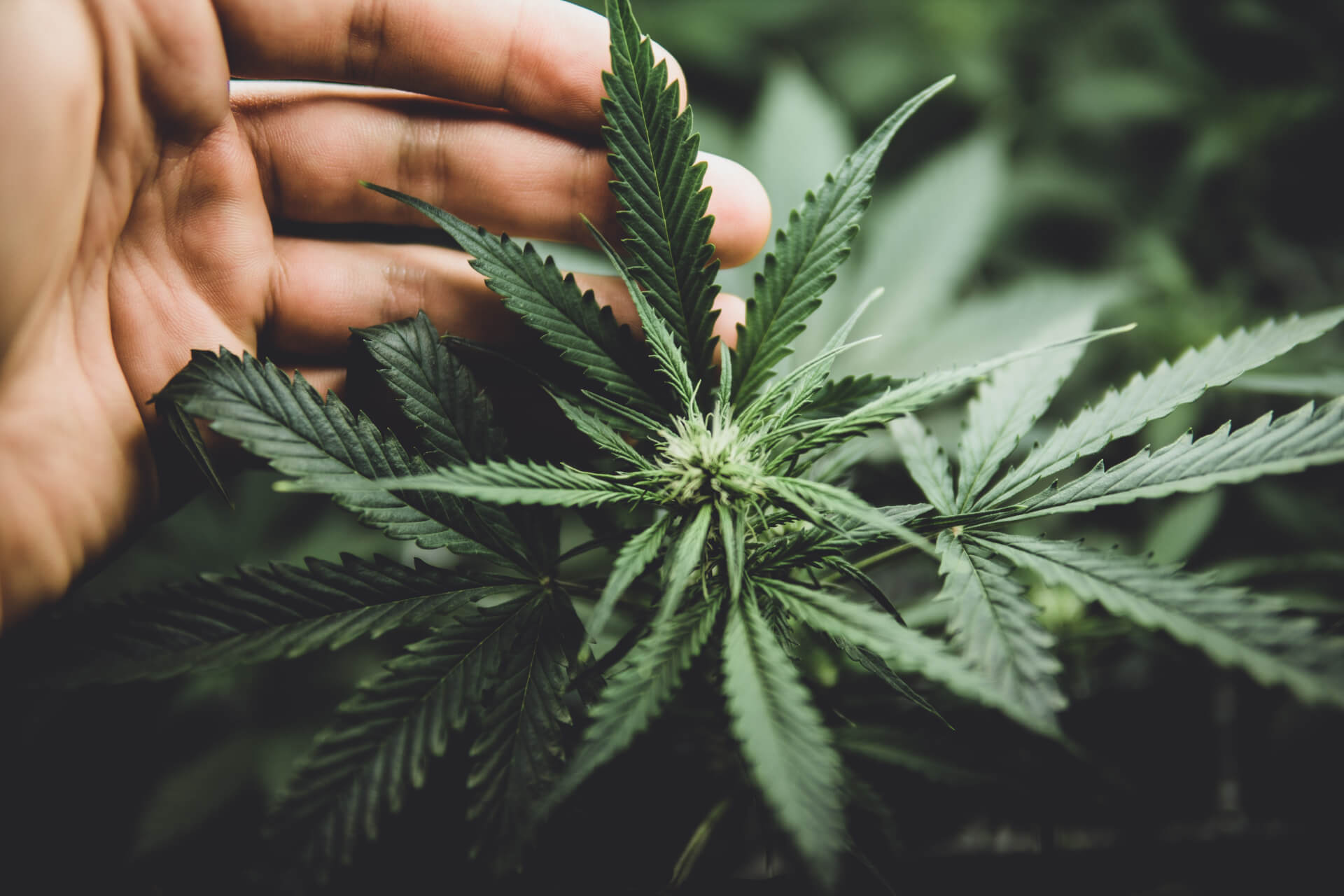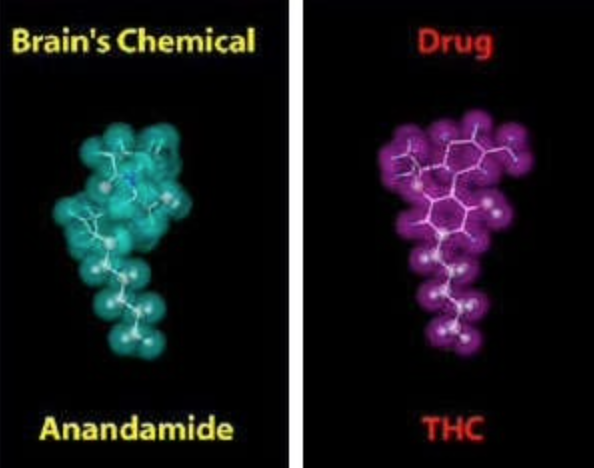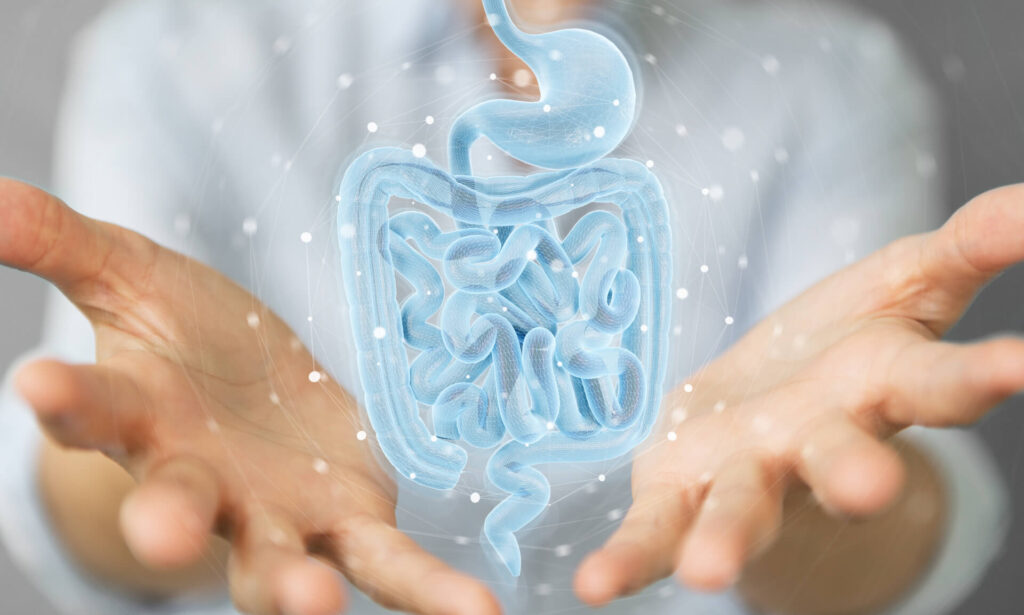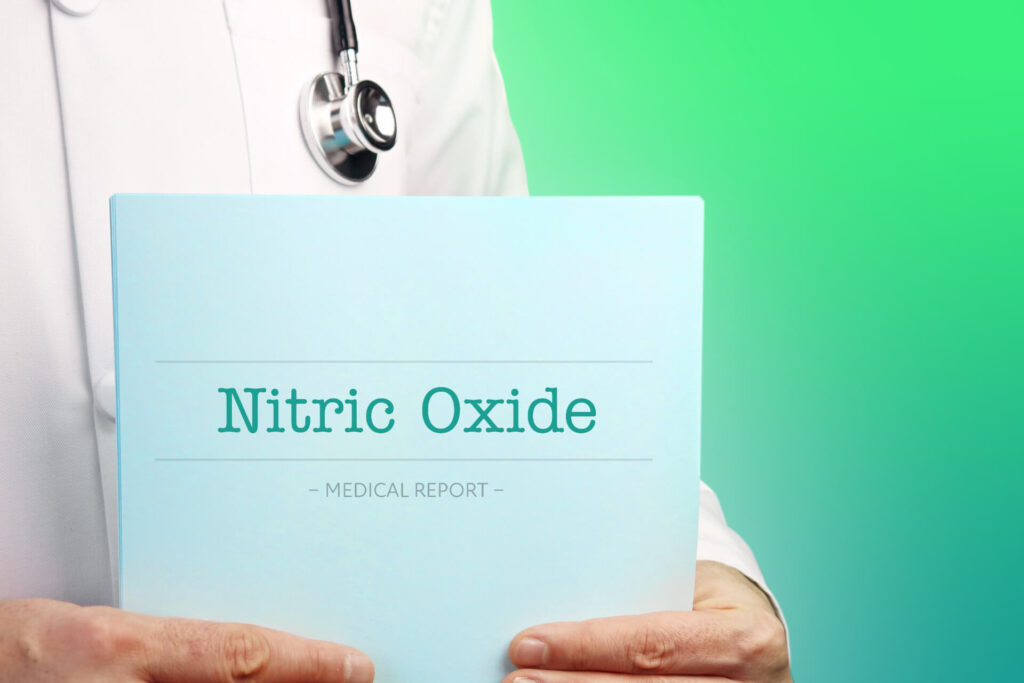A Guide to Cannabis: What You Need to Know
Traditional medicines have used cannabis for centuries. Yet it would take the discovery of Cannabis receptors in our bodies by Dr. Allyn Howlett and her team in 1988 to pique our curiosity to learn more about this incredible plant.
Why would we have cannabis receptors within our bodies? And why are these receptors so abundant throughout us? We have cannabis receptors in our brains, lungs, cardiovascular system, muscles, nerves, immune system, gut, skin and reproductive organs. Our internal cannabinoid system is the most widespread receptor system in our bodies! What gives?
In this three-part series, we will explore our internal cannabinoid system, the properties of cannabis, the potential benefit and known harm of cannabis and the pros and cons of various cannabis preparations.
Lets get Started:
Endocannabinoid System (ECS)
So why do we have receptors throughout our body for cannabis? It turns out that we make our own cannabis-like molecules. These compounds are called endocannabinoids. They are called endocannabinoids because they are made by our body. They’re similar to the cannabinoids in cannabis but they’re produced by our body.
Experts have identified at least two key endocannabinoids:
- anandamide (AEA)
- 2-arachidonoylglyerol (2-AG)
Meanwhile, there are more than 100 different cannabinoids found in the cannabis plant, the most well-known of these being THC and CBD.
Because THC and CBD come from a plant, we call them phytocannabinoids. So we have endocannabinoids that we make, and phytocannabinoids that we get from the cannabis plant. Both create their effect by binding to the cannabinoid receptors throughout our body.
Endocannabinoid Receptors
There are two main cannabinoid receptor subtypes found throughout our body. These two subtypes are:
- CB1 receptors found primarily in the central nervous system (our brain)
- CB2 receptors found throughout our body, especially in our immune cells
The effect the endocannabanoid has when bound to one of these receptors depends on which receptor subtype it binds to and where that receptor is located.
Although there are still a lot of unknowns on the details of the ECS, most experts agree that the ECS ultimate role is to modulate or regulate the flow of signals sent between cells to maintain your Balance.
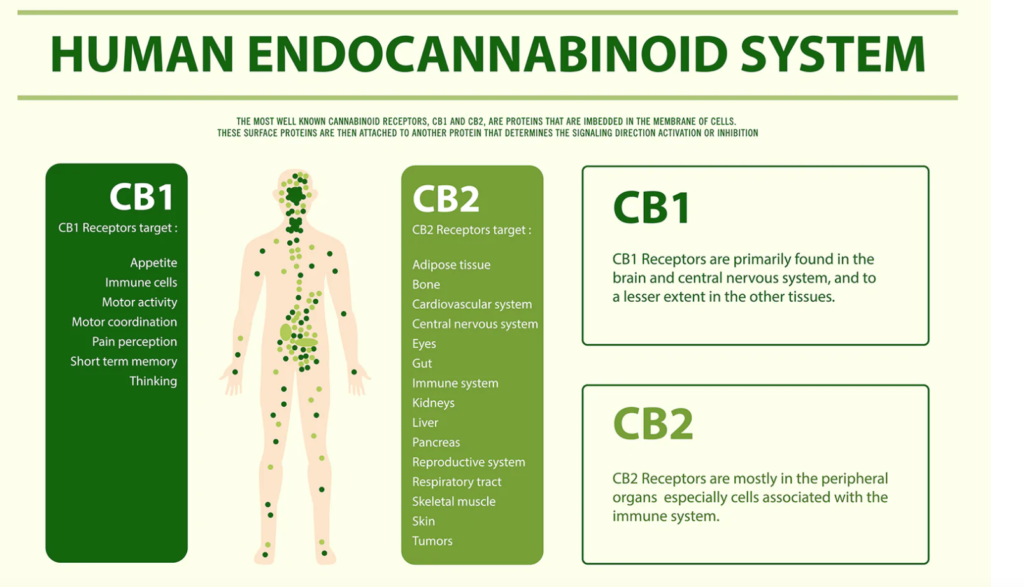
Most chemicals we make in our bodies, such as adrenalin, hormones or enzymes, work by the “Lock and Key ” mechanism. When adrenalin (the key) finds the adrenalin receptor on an adjacent nerve cell (the lock), it binds to it. That binding of the chemical to its receptor opens or turns on the cell to perform its “adrenalin” function. When adrenalin binds to the adrenalin receptors in your heart, it makes your heart beat faster. When insulin binds to the insulin receptors in your gut, it sops up the extra sugar and stores it as fat. This is how different parts of your body, different cells, communicate.
The endocannabinoids role is to monitor and, if necessary, modulate that communication. It modulates it to maintain homeostasis, to maintain balance.
Say too much adrenalin is sent to the adrenalin receptors in your heart, causing damage. The damaged cell releases endocannabinoids that travel to the receptors on the cell throwing out all that adrenalin and essentially tells it, “Hey, tone it down, you are killing me over here.”
This is why we have these receptors throughout our bodies. They modulate many of the essential physiologic processes in the body to bring them back into Balance.
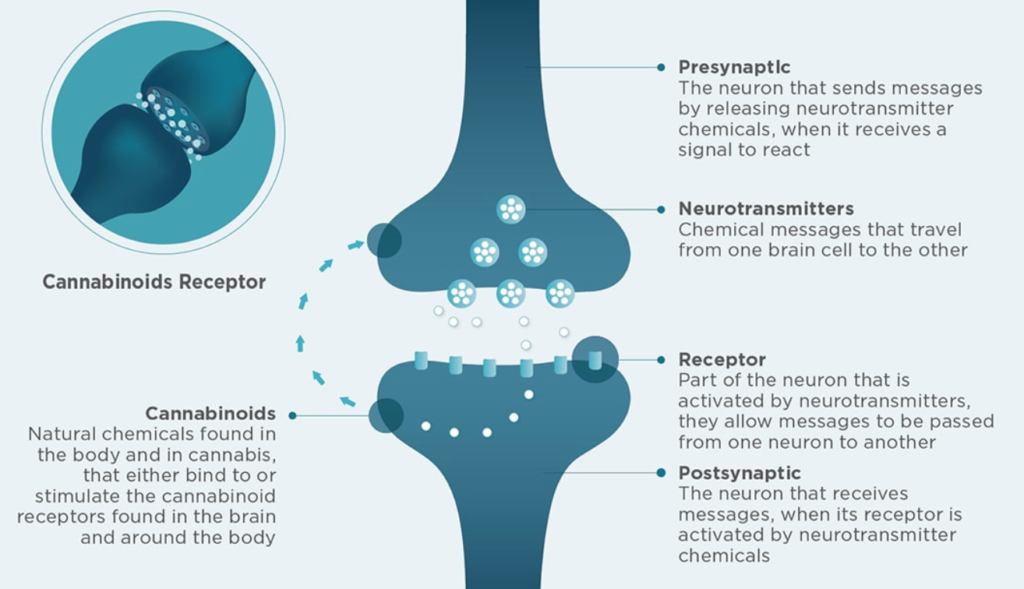
What is Endocannabinoid Deficiency
Scientific studies suggest that many chronic and difficult-to-treat conditions may be related to a deficient endocannabinoid system. Medical conditions that may result from endocannabinoid deficiency include:
- Autoimmune Disease
- Fibromyalgia
- Irritable bowel Syndrome
- Complex Regional Pain Syndromes
- Migraines
- Epilepsy
- Anxiety and Depression
- Menstrual Symptoms
- Multiple Sclerosis
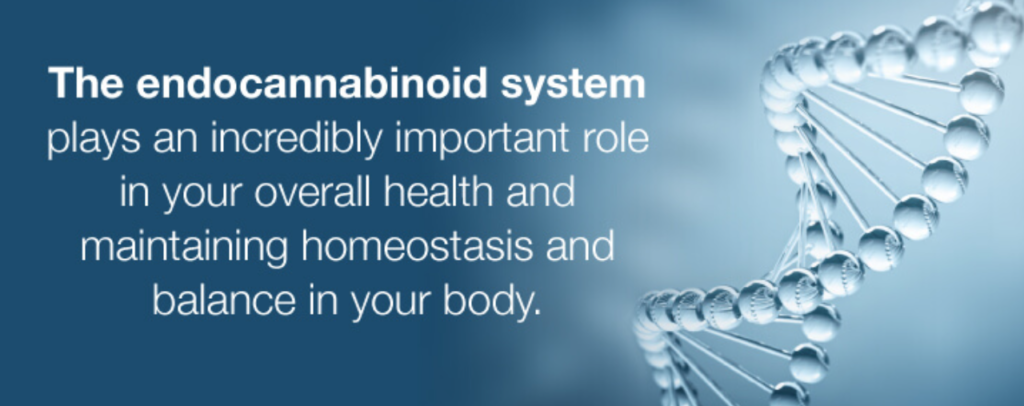
Endocannabinoid overactivity or excess may be related to obesity and type 2 diabetes.
The dysfunction (hyperactivity or deficiency) may be genetically determined or occur later in life. Chronic stress, poor diet and chronic pain have all been shown to impact your cannabinoid system negatively.
Because the purpose of the endocannabinoid system is to maintain balance, people who take cannabis will have different experiences despite taking the same dose and using the same strain and preparation. That’s because your endocannabinoid system might be more active or deficient than mine, so we will both react differently.
Some people with ADHD find that cannabis actually helps them focus, stay on task, remember things, and sit longer. This is the opposite effect you would find in most people who find cannabis makes them unable to focus or remember things.
In Part II we will explore cannabis the plant, its best known Phytocannabindoids including THC and CBD, it’s various terpenes and flavonoids, their therapeutic effects and potential harm.
